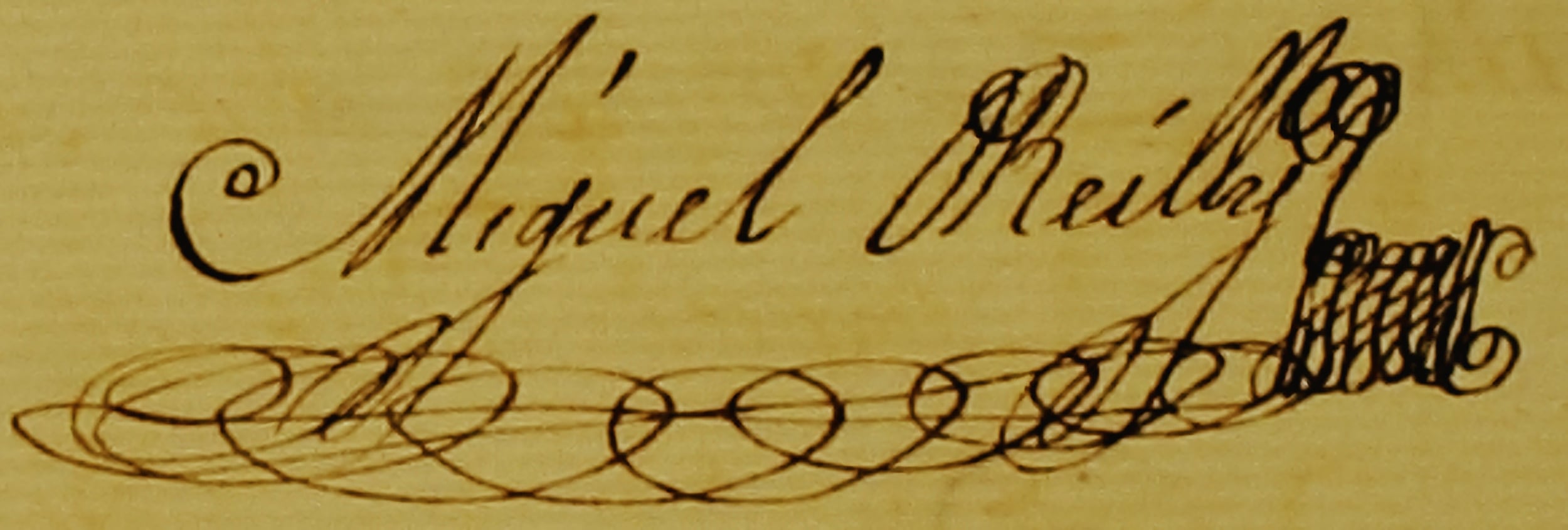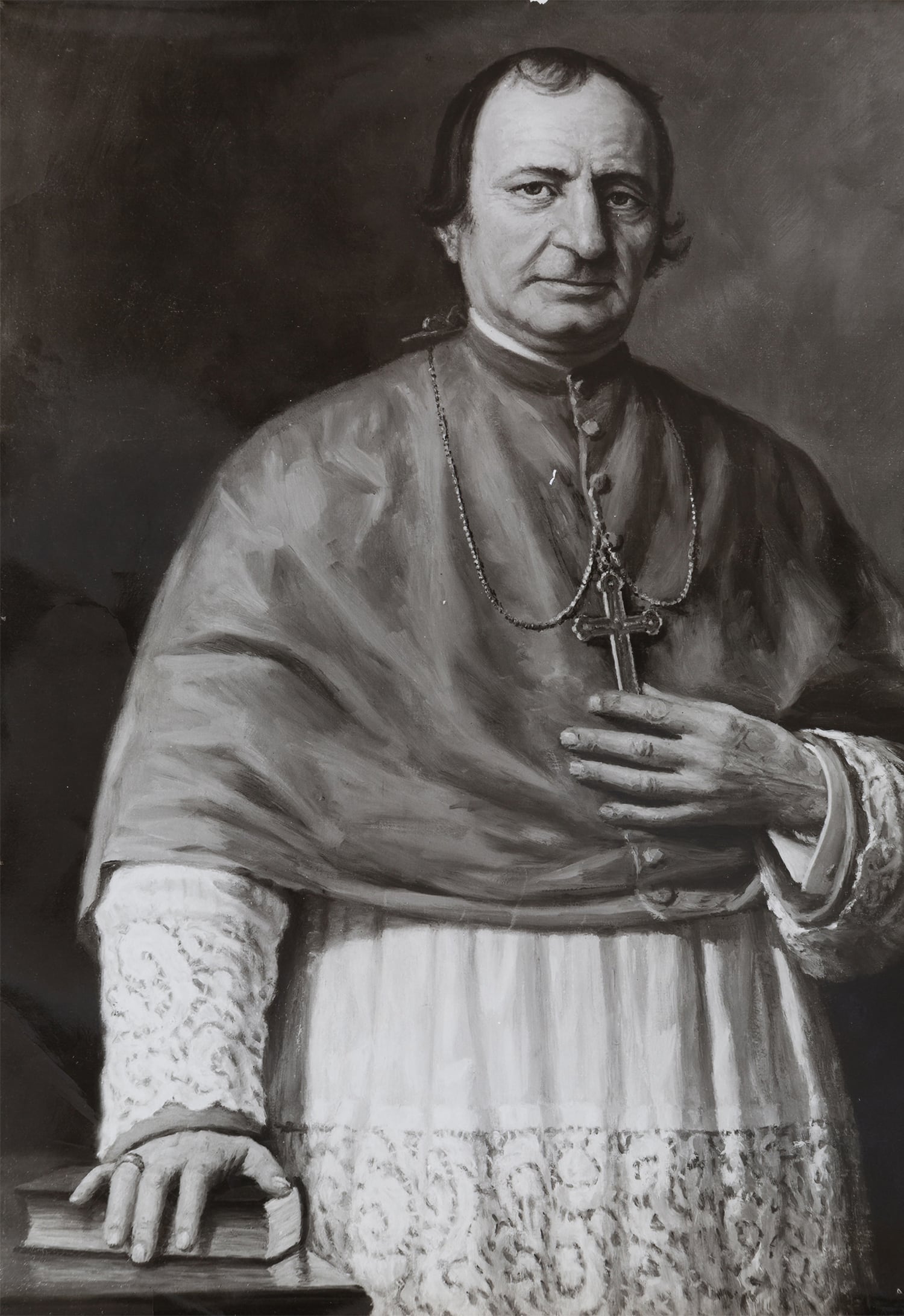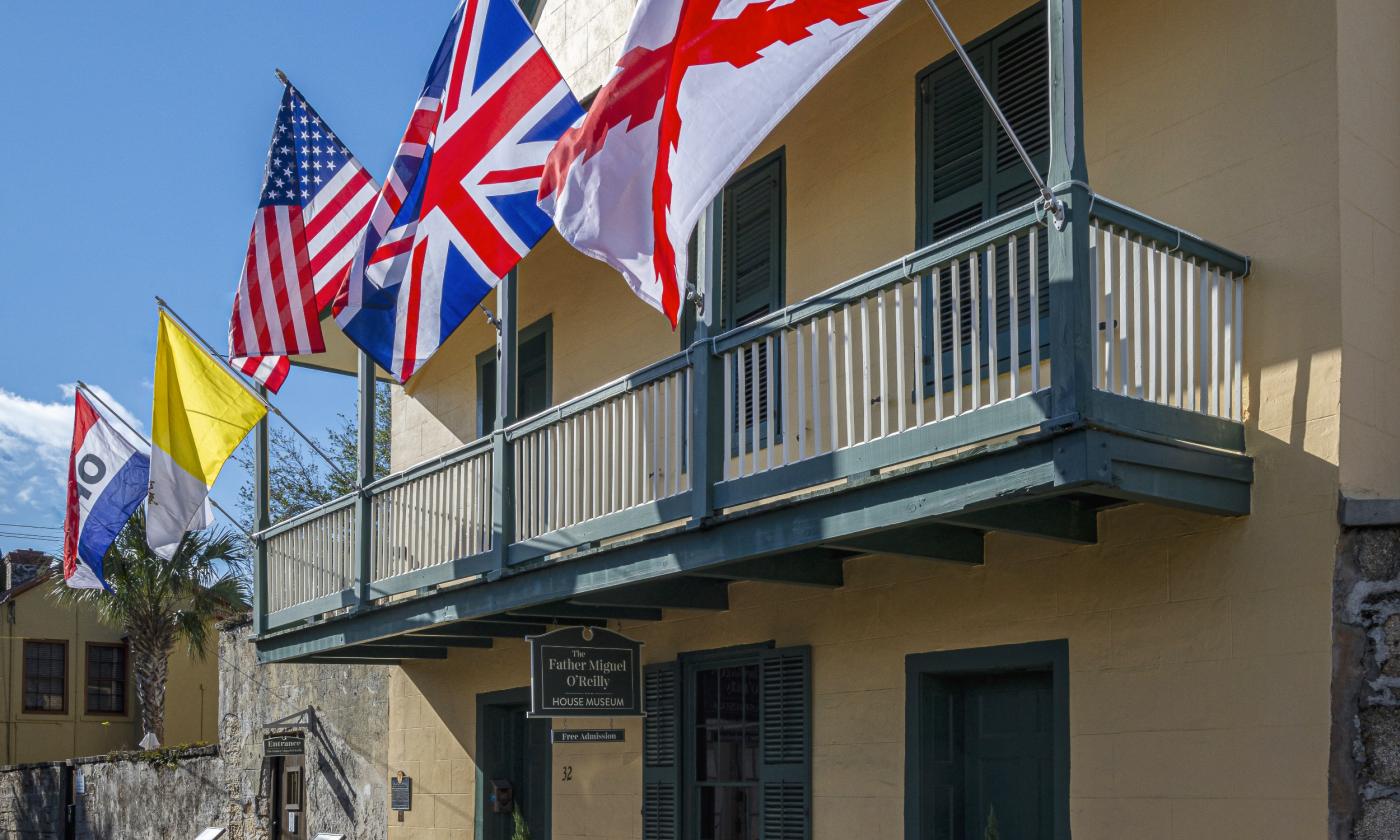Father Miguel O'Reilly House Museum
Father Miguel O'Reilly House Museum
This guest article was written in collaboration with Korinne Casarella, Curator of the Father Miguel O'Reilly House Museum.
St. Augustine's Early History
This is one of the ten oldest structures in the city. It stands at 32 Aviles (originally Hospital Street), the oldest platted street in the country.
Spanish Florida vs. British Florida
The building's exact construction date is unknown. However, through archaeology and architecture, it gives us a unique view of the First Spanish Period (1565-1763) and the British Period (1764-1783).
Between these eras, the lives of St. Augustine's African-descended citizens changed drastically.
Within the city’s walls, a system of urban slavery prevailed. For the first 300 years of its history, enslaved people and their enslavers lived in close quarters.
Spain’s official religion — Catholicism – affected the Empire’s policies. Free and enslaved Black people who lived in Spanish Florida were considered souls by the Catholic Church (and therefore the colonial government). They were citizens whose baptisms, marriages, and deaths were recorded in the Parish records.
Under British and American occupation, cattle slavery plantations began to scatter the hinterlands.
Who was Don Miguel O'Reilly?
Known to English speakers as Father Michael O'Reilly and Spanish speakers as Don Miguel O'Reilly, he was a priest in the Catholic Church devoted to the Spanish crown.
Michael O'Reilly was born in British-controlled Ireland in 1752. He became a priest and was recruited by the Spanish Catholic Church to teach. Amid Britain's suppression of the Catholic faith, Father O'Reilly provided religious training to Irish people.
In 1784 — at the age of 32 — Don O'Reilly moved to Florida to minister to a group of immigrants locally referred to as the Minorcans. This was during the start of Florida's Second Spanish Period (1784-1821).
Over the decade that followed, this house served as a rectory (housing accommodation) for the town's Catholic clergy, including Father O'Reilly.
Day-to-day, he offered religious services to Catholic townspeople of all races. His signature is seen throughout the parish records.

These early documents are a major source for historians studying the lives of African-descended people in the United States. They give us a view into the lives of free Black people living in a region where they were mostly considered as property.
O'Reilly was also instrumental in the construction of the new parish church and hosted Spanish authorities here.
Father Miguel O'Reilly passed away in 1812 at the age of 60, willing his home to the Catholic Church. In his will, he stated that his house should become a religious school in the tradition of Saint Francis de Sales.
The American Civil War in St. Augustine
Forty years after Florida became a U.S. Territory, the state seceded from the United States. However, after little more than a year, the city of St. Augustine was reclaimed by the Union, and federal troops operated in the city and around its borders.
Upon the passing of the Emancipation Proclamation on January 1st, 1861, Black people within the city were freed from enslavement. However, they would risk being re-enslaved if they were caught in Confederate territory.
Though St. Augustine saw no conflict, the city was economically ravaged by the war.
The Sisters of St. Joseph Schoolhouse (1867)
More than 50 years after Father O'Reilly's death, his wish was granted.
Following the Civil War, Bishop Augustin Verot (the first bishop of the Diocese of St. Augustine) invited a group of French nuns from the Order of St. Joseph to the "Ancient City."

When eight Sisters of St. Joseph from LePuy, France first arrived in St. Augustine on September 2, 1866, their main goal was to establish schools for Black children.
However, the O'Reilly House was in disrepair when the Sisters arrived. For the first several months, they used a small outbuilding and taught their students amongst the orange groves that once stood on the property.
In 1867, the O'Reilly House served as their first schoolhouse. After four months of living and teaching in the O’Reilly House, the congregation grew too large for the space.
For 8 years the Sisters moved several times until they raised enough money to build their own convent and academy on the same property that O’Reilly left them.
To read the full story of the Sisters of St. Joseph, scroll down to the Related People section.
The Father Miguel O'Reilly House Museum and Gardens (2003-Present)
Operated by the Sisters of St. Joseph, this museum is a testament to early Catholic education and the enduring legacy of the Sisters' dedication to serving the community in need.
Exhibits interpret the city's early history and the story of the Sisters of St. Joseph in St. Augustine. The collection includes religious, educational, and archaeological artifacts.
In the early 2020s, the Sisters of St. Joseph oversaw four years of extensive renovations at the Father Miguel O'Reilly House building and reopened the house in the spring of 2025.
Resources
Online Resources
Father Miguel O'Reilly House Museum
Official Website / Official Facebook page
Sisters of St. Joseph of St. Augustine
Official Website / Official Facebook / Official YouTube
The O'Reilly House Nomination form, National Register of Historic Places.
The Civil War in Florida Information, from the Castillo de San Marcos.
St. Francis de Sales summary, from Franciscan Media.
Further Reading
The Cross in the Sand, 2nd ed, by Michael Gannon, 1983.


